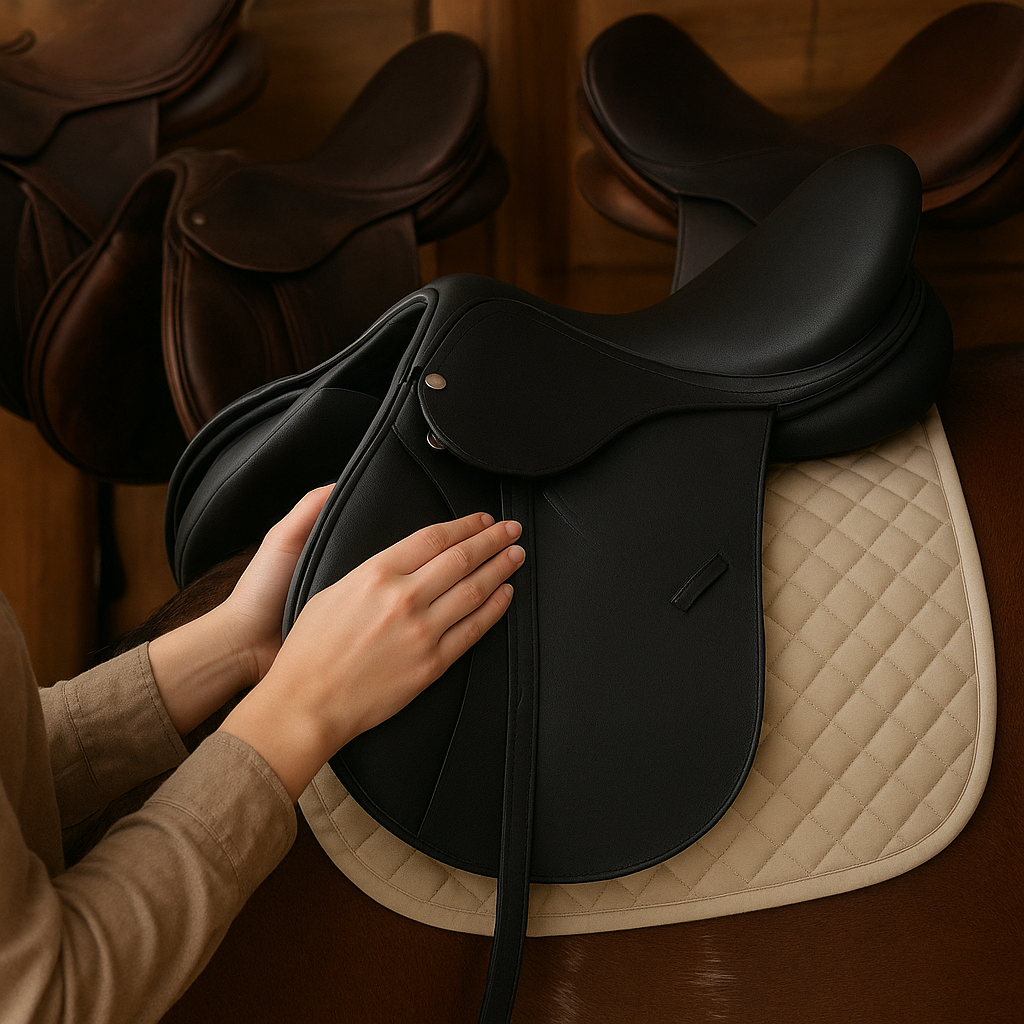
Cycling glasses are an essential piece of gear for any cyclist, providing crucial protection for your eyes against various elements. Whether you’re a casual rider or a professional athlete, the right pair of cycling glasses can significantly enhance your riding experience by offering comfort, safety, and improved vision.
The Importance of Eye Protection in Cycling
When you’re out on the road or trail, your eyes are exposed to a multitude of hazards. From glaring sunlight to flying debris, the potential for eye injury is high. Cycling glasses serve as a barrier against these dangers, ensuring that your vision remains clear and your eyes stay safe.
Sunlight and UV Protection
One of the primary functions of cycling glasses is to protect your eyes from harmful ultraviolet (UV) rays. Prolonged exposure to UV rays can lead to serious eye conditions such as cataracts and macular degeneration. High-quality cycling glasses come with UV protection, shielding your eyes from these damaging rays and reducing glare, which can be particularly blinding on sunny days.
Wind and Debris
When cycling at high speeds, wind can cause your eyes to water, impairing your vision. Additionally, debris such as dust, insects, and small stones can be kicked up by your tires or the tires of other cyclists, posing a risk to your eyes. Cycling glasses create a protective barrier, preventing these elements from reaching your eyes and allowing you to maintain focus on the road ahead.
Weather Conditions
Weather conditions can change rapidly, and cycling glasses can help you adapt. In bright sunlight, tinted lenses reduce glare and improve contrast, making it easier to see obstacles. In overcast or low-light conditions, clear or lightly tinted lenses enhance visibility. Some cycling glasses even come with interchangeable lenses, allowing you to switch between different tints based on the weather.
Choosing the Right Cycling Glasses
With so many options available, selecting the right pair of cycling glasses can be overwhelming. However, considering a few key factors can help you make an informed decision.
Lens Material and Quality
The material and quality of the lenses are crucial for both protection and clarity. Polycarbonate lenses are a popular choice due to their durability and impact resistance. They are also lightweight, making them comfortable for long rides. High-quality lenses offer better optical clarity, reducing distortion and providing a clearer view of the road.
Frame Design and Fit
The design and fit of the frame are equally important. Look for frames that are lightweight and have a comfortable fit. Adjustable nose pads and temple tips can help you achieve a secure fit, preventing the glasses from slipping during your ride. Ventilated frames can also reduce fogging, ensuring that your vision remains unobstructed.
Lens Tints and Coatings
Different lens tints and coatings serve various purposes. For example, polarized lenses reduce glare from reflective surfaces such as water or wet roads, while photochromic lenses automatically adjust their tint based on the light conditions. Anti-fog and anti-scratch coatings can enhance the durability and performance of your cycling glasses.
Interchangeable Lenses
Some cycling glasses come with interchangeable lenses, allowing you to switch between different tints based on the riding conditions. This versatility can be particularly useful if you ride in varying light conditions or different times of the day. Look for glasses that offer easy lens changes without compromising the fit or protection.
Maintaining Your Cycling Glasses
Proper maintenance of your cycling glasses can extend their lifespan and ensure they continue to provide optimal protection and performance.
Cleaning the Lenses
Regularly clean the lenses to remove dirt, sweat, and smudges. Use a microfiber cloth and a lens cleaner specifically designed for eyewear. Avoid using harsh chemicals or abrasive materials, as they can damage the lens coatings.
Storing Your Glasses
When not in use, store your cycling glasses in a protective case to prevent scratches and damage. Avoid leaving them in hot or humid environments, as extreme temperatures can affect the lens coatings and frame materials.
Inspecting for Damage
Regularly inspect your cycling glasses for any signs of damage, such as cracks or loose parts. Replace any damaged components promptly to ensure your glasses continue to provide adequate protection.
Conclusion
Cycling glasses are more than just a stylish accessory; they are a vital piece of equipment that protects your eyes from the elements and enhances your riding experience. By choosing the right pair and maintaining them properly, you can enjoy clear vision and stay safe on the road or trail. Whether you’re battling the sun’s glare, shielding your eyes from debris, or adapting to changing weather conditions, cycling glasses are an indispensable part of your cycling gear.

